
In most cases, brown bananas are safe to eat. Bananas are picked green, then as the fruit ripens, the peel changes from green to yellow, and then to yellow with a few brown speckles. If you don't eat the banana, it gradually turns dark brown and becomes softer and sweeter, though it will eventually go bad.
Let Your Senses Be the Boss
Your senses will tell you if the banana is rotten. Don't eat a banana it if smells bad, if it's extremely squishy or leaking liquid, or if you notice mold, especially around the stem. If in doubt, always throw it out. To keep ripe bananas from turning brown, store them in the refrigerator. Although the peels will turn dark brown, the inside of the bananas remains fresh and flavorful for several days. If the bananas are too ripe for your liking, use them in smoothies or banana bread.
Related Articles

How Long Does Banana Bread Stay Fresh?

How to Store Apples
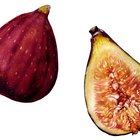
Should I Refrigerate Figs?

How to Store Brussels Sprouts
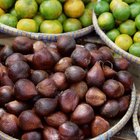
How to Oven-Dry Figs
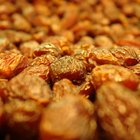
How to Refresh Dried Fruits: Raisins

How to Know if Banana Bread Is Spoiled

How to Keep Brown Plantains Fresh
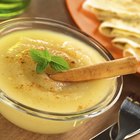
How Many Calories in Applesauce?

Peeling the Spiny Chayote Squash

How to Freeze Raspberries

How to Prevent Bananas From Browning ...

How Fast Does Cooked Spaghetti Squash ...
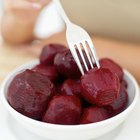
How to Boil Beetroot
How to Freeze Papaya
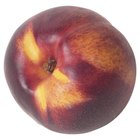
How to Bake Nectarines Like Peaches
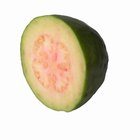
How to Peel Guava

Do Bananas Ever Get Too Rotten to Cook?

How to Freeze Empanadas
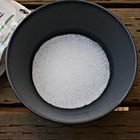
How to Make Xylitol Toothpaste
References
Writer Bio
M.H. Dyer began her writing career as a staff writer at a community newspaper and is now a full-time commercial writer. She writes about a variety of topics, with a focus on sustainable, pesticide- and herbicide-free gardening. She is an Oregon State University Master Gardener and Master Naturalist and holds a Master of Fine Arts in creative nonfiction writing.
Photo Credits
Jupiterimages/Stockbyte/Getty Images